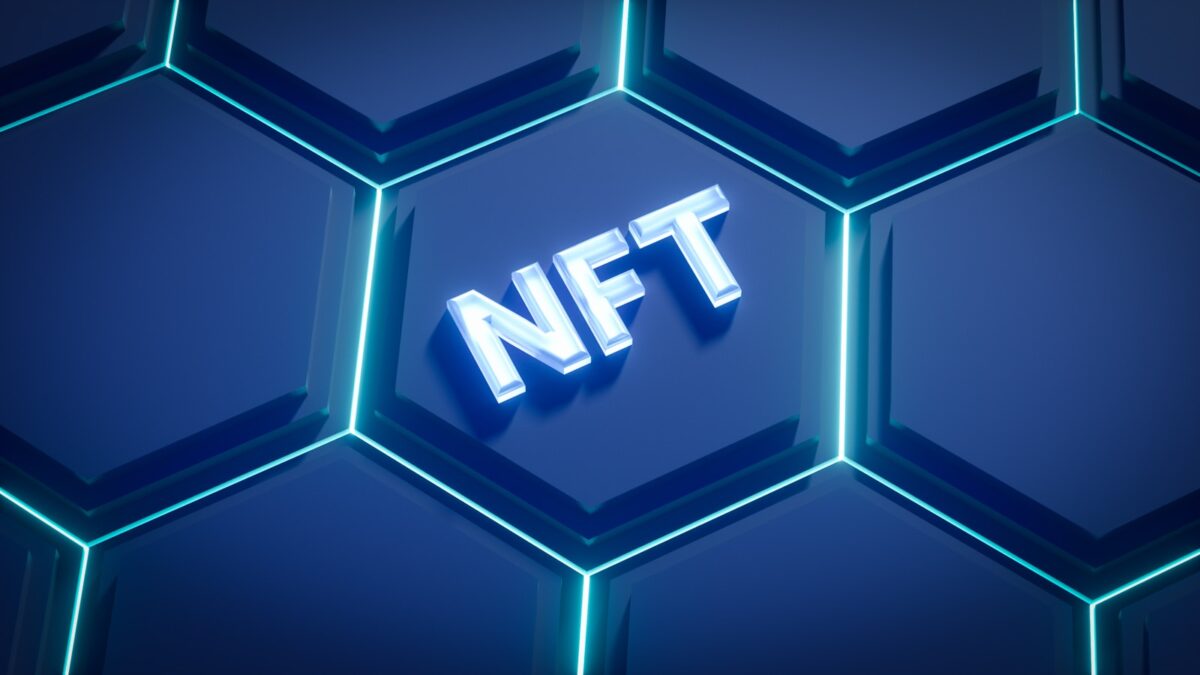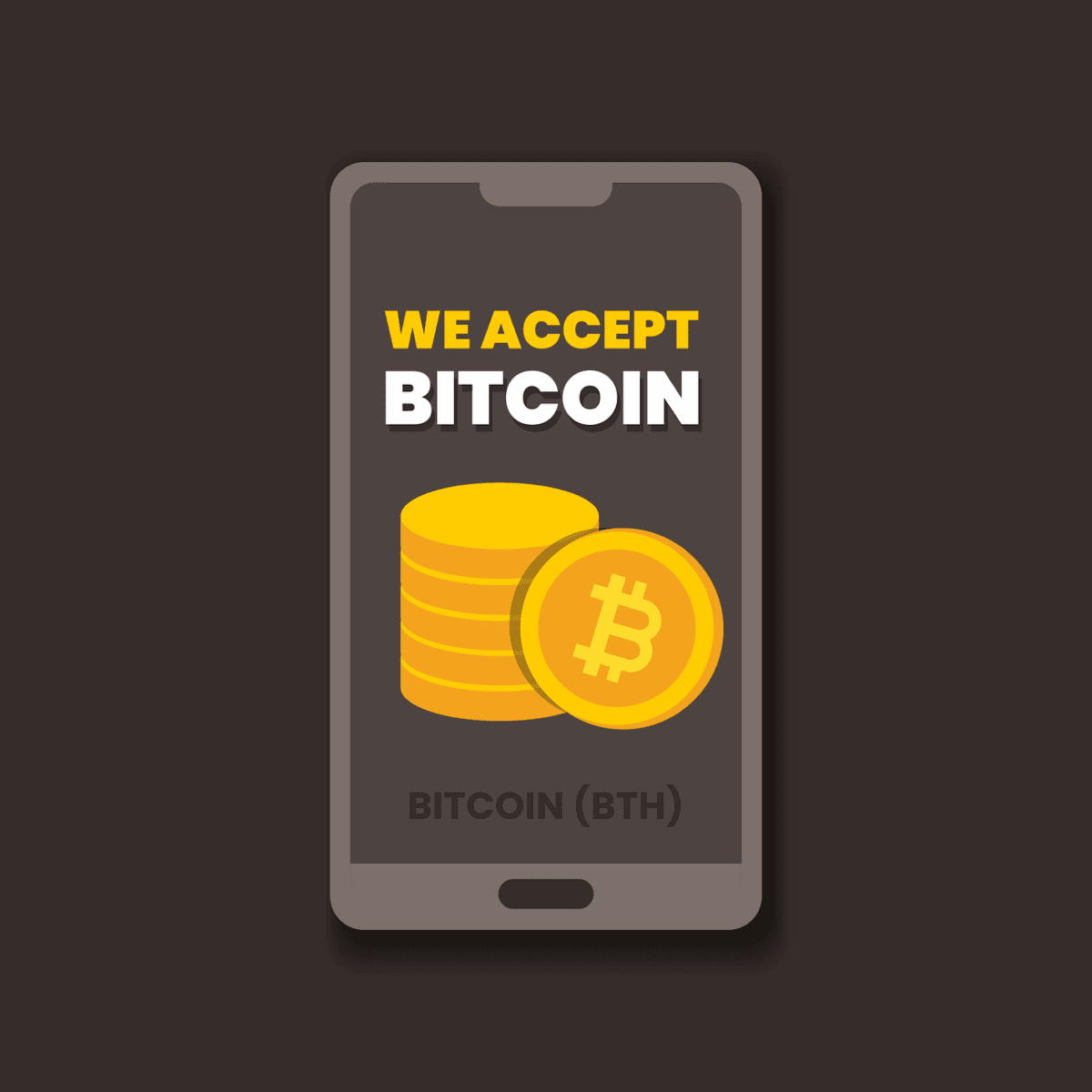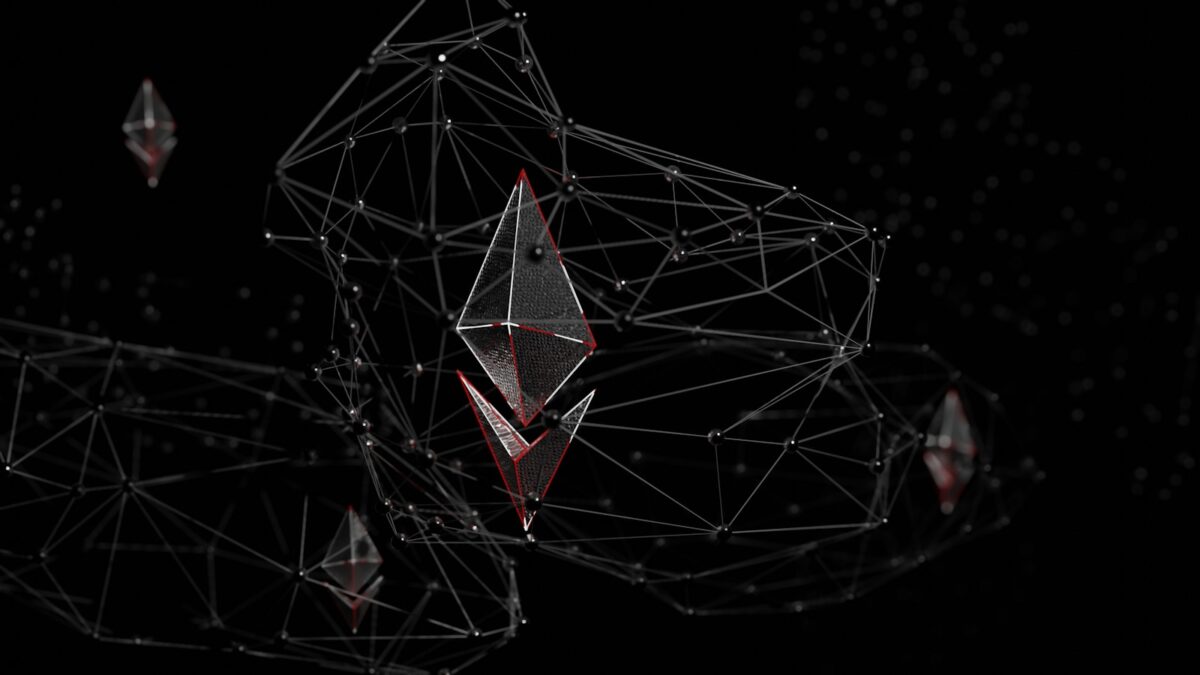
Blockchain oracle problem

Reliable data feeds are critical for smart contracts to interact with real-world information, yet securing these feeds without introducing central points of failure remains a significant challenge. Solutions like Chainlink and Band Protocol attempt to bridge on-chain systems with external data sources while preserving decentralization and minimizing trust assumptions.
The core difficulty lies in verifying the authenticity and consistency of off-chain inputs before they influence on-chain logic. Centralized intermediaries expose systems to manipulation risks, undermining the integrity that decentralized architectures strive to achieve. Thus, designing mechanisms that aggregate diverse data providers securely is fundamental.
Emerging approaches employ multiple independent nodes, cryptographic proofs, and incentive structures to reduce reliance on single entities. By distributing responsibilities across a network rather than depending on centralized oracles, platforms enhance resilience against tampering and censorship. These frameworks demonstrate how carefully engineered coordination can reconcile external data requirements with decentralized security guarantees.
Blockchain Oracle Problem
The integration of external data into decentralized ledgers requires reliable mechanisms to prevent single points of failure and preserve trustlessness. The issue arises when on-chain smart contracts depend on off-chain information, which inherently exists outside their consensus environment. This introduces risks related to data manipulation, latency, and centralization of access points. Addressing the challenge involves designing robust systems that aggregate data from multiple independent sources or nodes rather than relying on a single trusted entity.
One effective approach leverages a band or network of decentralized nodes that collectively fetch, verify, and deliver external inputs to the ledger. Such networks reduce reliance on any single provider and enhance data integrity through consensus among participants. The concept contrasts sharply with centralized intermediaries who act as sole conduits for off-chain feeds, exposing smart contracts to vulnerabilities if compromised. Thus, decentralization not only improves reliability but also aligns with the fundamental ethos of distributed consensus.
Technical Aspects and Solutions
Ensuring accurate transmission of real-world information demands careful handling of both data sourcing and aggregation methods. Multi-source validation within an oracle band can mitigate individual node failures or manipulative attempts by comparing results across multiple channels before finalizing output on-chain. This technique is exemplified by platforms like Chainlink, which implement decentralized oracle networks (DONs) comprising numerous independent operators. Chainlink’s architecture incentivizes honest reporting via staking mechanisms while penalizing malicious behavior, enhancing trust without sacrificing decentralization.
The core challenge lies in bridging the trust gap between inherently off-chain data providers and on-chain consumers. While cryptographic proofs secure transactions within the blockchain environment, external datasets lack such guarantees unless augmented by trusted hardware or cryptoeconomic incentives embedded in oracle protocols. Another strategy involves using verifiable random functions (VRFs) or threshold signatures to ensure unpredictability and resistance against collusion attacks among oracle nodes.
A detailed case study includes DeFi applications where price feeds must be timely and tamper-resistant to avoid liquidations based on erroneous values. Here, aggregating prices from multiple exchanges through a decentralized band minimizes manipulation risk compared to centralized APIs prone to outages or spoofing. Implementing fallback mechanisms that switch between data sources upon detecting anomalies further strengthens system resilience.
In summary, solutions addressing external data delivery focus on reducing trust dependency through distribution across diverse nodes combined with cryptoeconomic safeguards. Platforms like Chainlink demonstrate practical implementations by creating scalable decentralized networks that maintain high availability and security standards. Continuous research explores hybrid models integrating trusted execution environments (TEEs) alongside multi-node consensus to push boundaries in securing off-chain information for smart contracts.
How Oracles Connect Blockchains
Accessing external data streams is a fundamental requirement for decentralized applications operating on distributed ledgers. The integration of off-chain information into on-chain environments enables smart contracts to execute based on real-world events, such as asset prices, weather conditions, or sports results. Specialized data providers known as oracles serve as intermediaries that fetch, verify, and relay this external information securely onto the ledger.
However, creating reliable bridges between autonomous networks and off-ledger sources introduces challenges related to trust and centralization. Depending on a single data feed can expose the system to manipulation or failure, undermining the integrity of automated agreements. This has motivated the development of decentralized oracle architectures designed to minimize reliance on individual entities while ensuring data accuracy.
Decentralized Data Feeds and Trust Models
A prominent example in this domain is Chainlink, which operates a network of independent nodes aggregating multiple external inputs to produce consensus-validated outputs. By assembling diverse data providers within its ecosystem, it reduces vulnerability caused by single points of failure. These nodes connect through cryptographic proofs and staking mechanisms that align incentives towards honest reporting.
The use of cryptographically secure communication channels combined with economic penalties forms an essential band preventing malicious actors from corrupting transmitted information. This multi-layered approach enhances trustworthiness without sacrificing decentralization. Developers can specify parameters controlling aggregation methods and source selection to tailor reliability according to application requirements.
- Data aggregation: Combining multiple inputs reduces noise and anomalies.
- Reputation systems: Evaluating node performance over time improves source quality.
- Incentive alignment: Staking collateral penalizes dishonest behavior.
The complexity increases when connecting different distributed ledgers themselves–cross-chain communication demands not only reliable external data but also secure message passing protocols that preserve atomicity and consistency across heterogeneous systems. Interoperability solutions often employ oracle-inspired relayers or validators to confirm state transitions before executing dependent actions on another ledger.
The challenge remains balancing latency, throughput, and security guarantees in these interconnections. Experimental frameworks demonstrate that increasing the number of independent data sources enhances robustness but may introduce delays due to consensus overhead among providers. Fine-tuning these parameters depends heavily on context-specific risk assessments performed by developers and users alike.
An ongoing avenue for exploration involves integrating emerging hardware-based trusted execution environments with decentralized nodes to further reduce trust assumptions while maintaining scalability. Such hybrid solutions could enable real-time feeds with verifiable computation proofs directly embedded into ledgers, expanding the potential for complex autonomous systems interacting seamlessly with outside realities through robust oracle-like interfaces.
Risks From Oracle Manipulation
Mitigating risks linked to external data feeds requires prioritizing decentralized architectures over centralized alternatives. Centralized data providers introduce single points of failure that adversaries can exploit, leading to manipulated inputs that compromise downstream smart contract logic. For instance, Chainlink’s decentralized network aggregates multiple independent sources, reducing vulnerability by distributing trust among numerous nodes rather than relying on a solitary authority.
Manipulation attempts often target price oracles feeding financial protocols, where even minor inaccuracies can trigger liquidations or arbitrage opportunities at scale. Band Protocol exemplifies a solution that leverages collective consensus mechanisms across diverse validators, thereby minimizing the attack surface compared to solutions dependent on centralized entities. However, even decentralized systems face challenges like collusion or bribery attacks if economic incentives are not properly aligned.
Technical Vectors of Data Feed Exploitation
Adversaries may exploit vulnerabilities in the transmission layer between external sources and on-chain consumers by injecting false information or delaying updates strategically. This exploitation is particularly problematic when smart contracts rely on off-chain events with real-time requirements, such as DeFi lending platforms adjusting collateral ratios based on fluctuating asset prices. The integrity of oracle data hinges on secure aggregation and timely validation across multiple nodes to prevent skewed results.
Solutions combining cryptographic proofs with multi-source aggregation enhance resistance against manipulation. For example, Chainlink employs threshold signatures and reputation systems to validate input authenticity before broadcasting aggregated data on-chain. Similarly, Band’s use of delegated proof-of-stake incentivizes honest behavior through slashing penalties. These layered approaches create robust defenses but do not fully eliminate risks inherent in bridging off-chain realities with autonomous execution environments.
Types Of Blockchain Oracles
Reliable access to external data is critical for decentralized applications, as it enables smart contracts to interact with real-world information. There are several categories of oracles designed to address the need for accurate and timely data while mitigating risks related to trust and centralization. Understanding these types helps developers select appropriate solutions based on use case requirements, security considerations, and data source characteristics.
Software-based oracles serve as intermediaries that fetch digital information from online sources such as APIs, websites, and databases. They provide essential data like price feeds, weather reports, or sports results directly to smart contracts. However, reliance on single centralized endpoints introduces vulnerabilities due to potential manipulation or downtime. To enhance trustworthiness, decentralized oracle networks aggregate inputs from multiple software providers, reducing single points of failure and improving resistance against tampering.
Hardware Oracles
Hardware-linked oracles capture real-world phenomena through physical devices such as sensors, RFID scanners, or IoT equipment. These devices convert analog signals into digital data streams fed into distributed ledgers. For example, supply chain tracking utilizes GPS trackers or temperature monitors connected via hardware middleware to verify shipment conditions immutably. While this approach minimizes human intervention and increases authenticity of external measurements, securing the device itself against sabotage remains a challenge requiring robust tamper-proof designs.
Inbound oracles deliver external information into the network environment, whereas outbound variants transmit contract states back to off-chain systems for execution triggers outside the ledger. Combining both types allows complex automation workflows spanning digital and physical domains. Hybrid models often integrate human input validators alongside automated sources to confirm ambiguous events where pure automation lacks contextual understanding.
- Centralized Oracles: Single entities providing data streams; simplest but susceptible to trust concentration.
- Decentralized Oracles: Use aggregation mechanisms (e.g., consensus among multiple nodes) minimizing risks related to centralization.
- Consensus-based Solutions: Implement game-theoretic incentives ensuring truthful reporting by economically penalizing dishonest actors.
The choice among these categories reflects trade-offs between efficiency, security guarantees, and degrees of decentralization needed by specific applications. For instance, financial derivatives require high-assurance price feeds often provided by decentralized oracle networks like Chainlink’s Band protocol integration platform. Conversely, IoT tracking might prioritize direct sensor connections despite increased hardware risk vectors. Continuous innovation in multisource verification methods aims at overcoming residual trust assumptions inherent in all external data provisioning frameworks.
Decentralized Oracle Networks Role
Decentralized oracle networks mitigate risks linked to data transmission by distributing trust across multiple independent nodes, thereby addressing vulnerabilities associated with centralized points of failure. Such architecture ensures that external information feeding smart contracts is aggregated from diverse sources, reducing the likelihood of inaccurate or manipulated inputs. For instance, Chainlink utilizes a decentralized band of data providers that collectively verify and validate off-chain information before delivering it on-chain, enhancing reliability and security.
Centralization in data feeds often introduces single points susceptible to manipulation or outages, impacting contract execution accuracy. By contrast, distributed consensus mechanisms within decentralized oracle frameworks enable verification through multiple parties, which increases resilience against malicious actors. The implementation of economic incentives and staking further aligns participant behavior with honest reporting, creating a self-regulating environment that strengthens overall network integrity.
Technical Mechanisms and Case Studies
The process involves aggregating external data streams–such as price feeds or weather reports–from several independent sources to produce a consensus output used by smart contracts. Chainlink’s approach includes reputation systems and cryptographic proofs to assess node reliability, alongside fallback procedures for unavailable or inconsistent inputs. These measures exemplify how decentralized networks handle latency and data freshness challenges while maintaining high availability.
Practical applications demonstrate significant improvements in sectors like decentralized finance (DeFi), where precise pricing data is critical for functions such as lending protocols and derivatives markets. Empirical studies reveal that decentralized oracle solutions reduce slippage and manipulation attacks compared to centralized alternatives. Additionally, insurance products benefit from multi-source verification of real-world events, ensuring fair claim settlements based on trustworthy inputs.
Exploring experimental methodologies reveals opportunities to enhance these networks further by integrating machine learning algorithms for anomaly detection or expanding node diversity across geographic regions. Continuous research into cryptoeconomic models aims to optimize incentive structures for participant honesty without compromising efficiency. Understanding the dynamic interplay between decentralization degree and operational costs remains an active area for investigation with practical implications for future deployments.
Mitigating External Data Risks through Decentralized Solutions
Addressing risks associated with the integration of external information requires shifting away from centralized points of failure toward robust, distributed frameworks. Employing decentralized data feeds effectively reduces single points of trust by leveraging multiple independent sources and consensus mechanisms, thus limiting the impact of compromised inputs on contract execution.
The challenge lies in balancing data integrity with network scalability and latency constraints. Bandwidth-efficient protocols that aggregate and validate off-chain data while minimizing communication overhead provide a pathway to scalable implementations. Combining cryptographic proofs such as threshold signatures or zero-knowledge proofs further strengthens trust assumptions by enabling verifiable attestations without exposing raw data.
Key Technical Insights and Emerging Directions
- Decentralization as a Trust Anchor: Utilizing multiple independent nodes to source and verify external inputs diminishes reliance on any single entity, enhancing resilience against manipulation or censorship.
- Data Aggregation Techniques: Implementing weighted consensus models or reputation-based scoring improves the accuracy and reliability of aggregated datasets drawn from heterogeneous providers.
- Cryptographic Enhancements: Threshold cryptography allows collective signing only when a quorum is reached, securing data submission processes against malicious actors within the validation group.
- Adaptive Bandwidth Management: Optimizing communication layers ensures that increased decentralization does not degrade performance or inflate operational costs beyond practical limits.
Future advancements will likely integrate machine learning algorithms to detect anomalous patterns in incoming data streams, proactively flagging inconsistencies before they affect contract logic. Furthermore, cross-protocol interoperability standards can facilitate seamless exchange between distinct decentralized networks, expanding the ecosystem’s robustness and reducing systemic risk stemming from isolated failures.
The evolution toward fully trust-minimized architectures rests on continuous experimentation with hybrid on-chain/off-chain designs that balance transparency with efficiency. By fostering collaborative development across research communities and industry consortia, it becomes feasible to architect resilient information delivery channels that underpin increasingly complex automated agreements without compromising security or decentralization.


